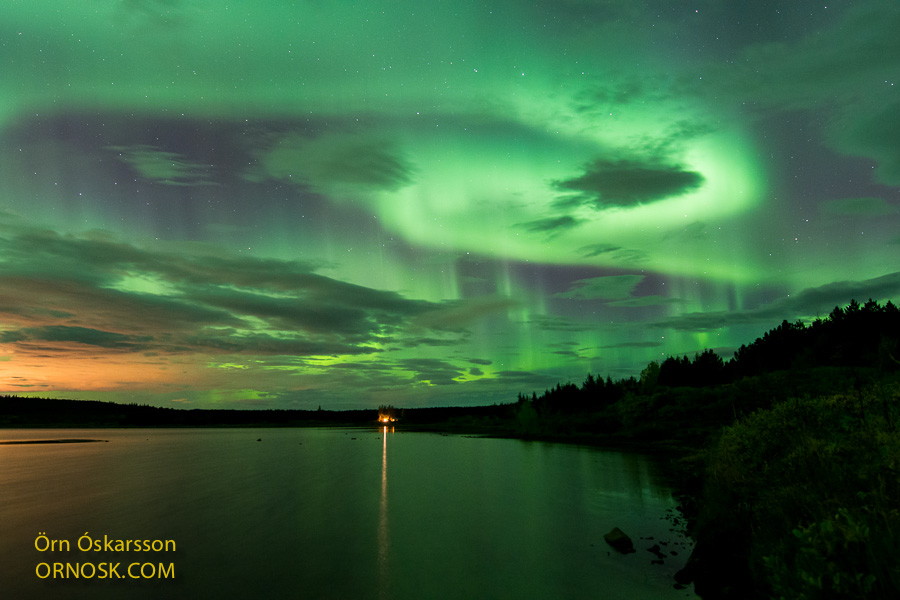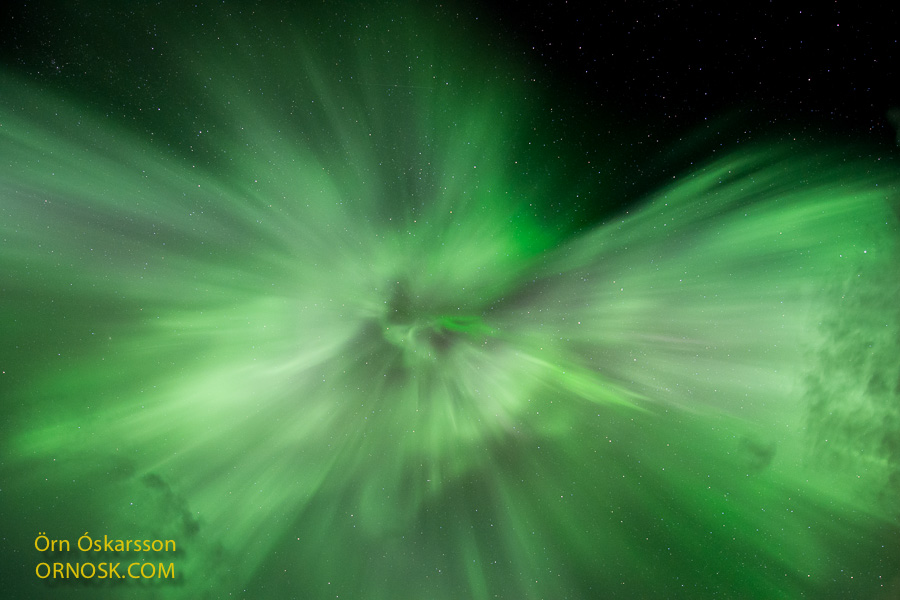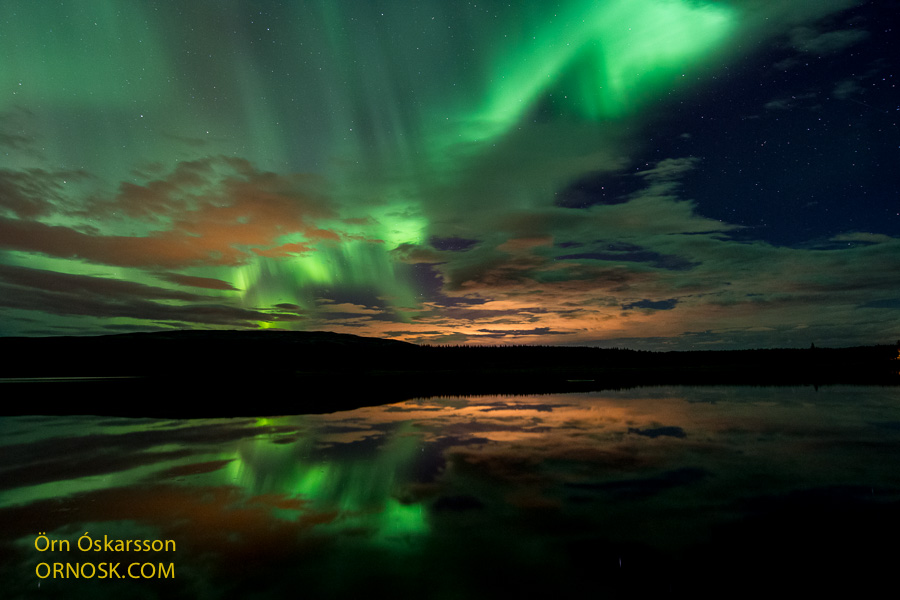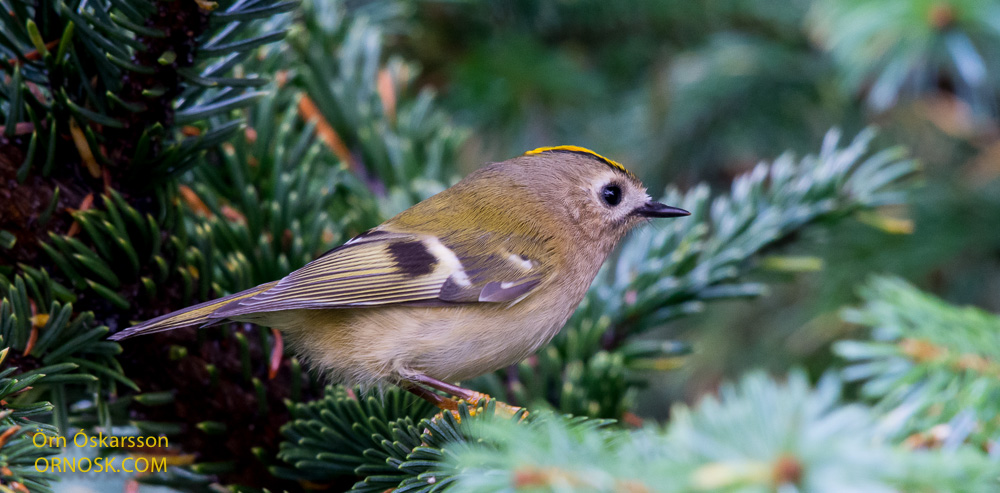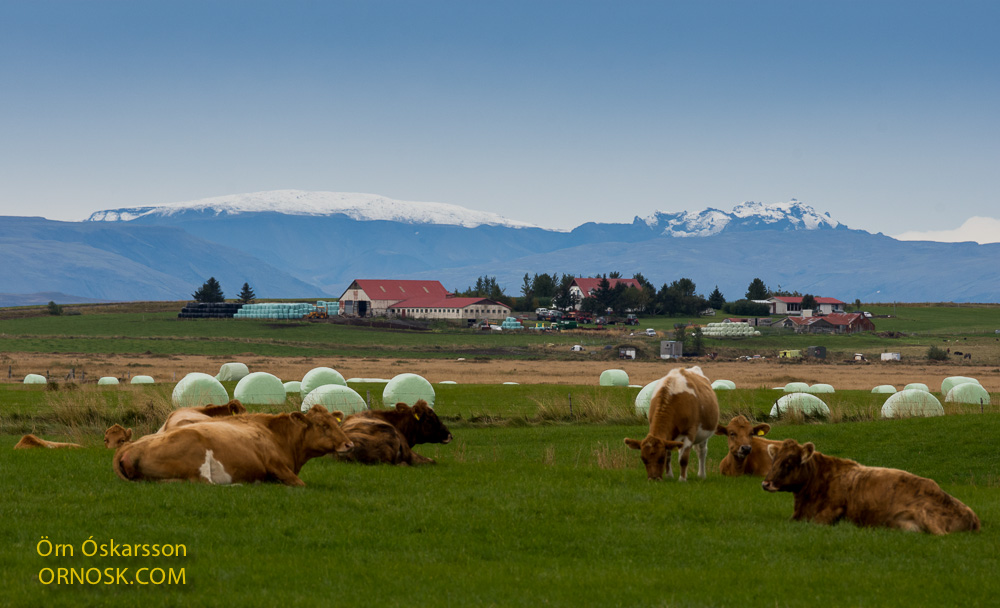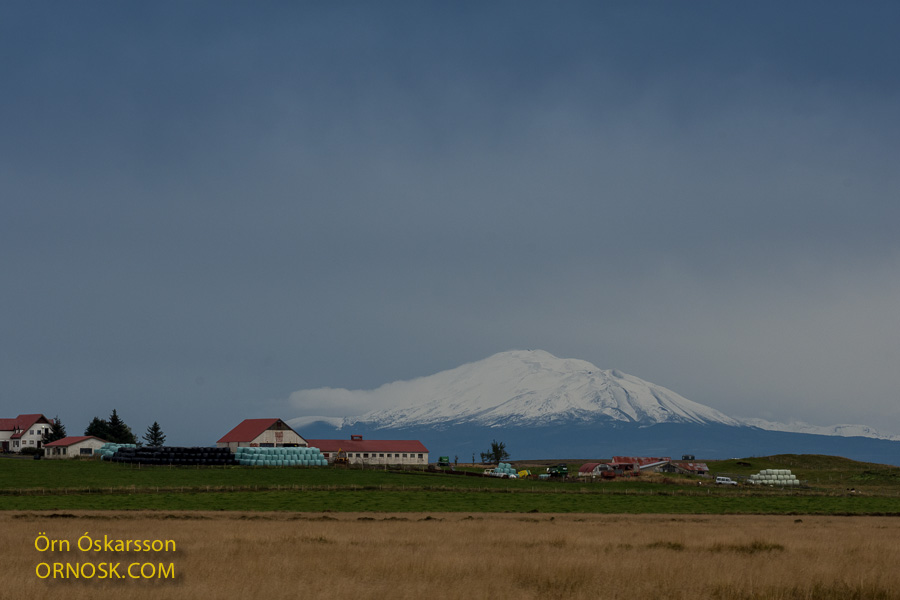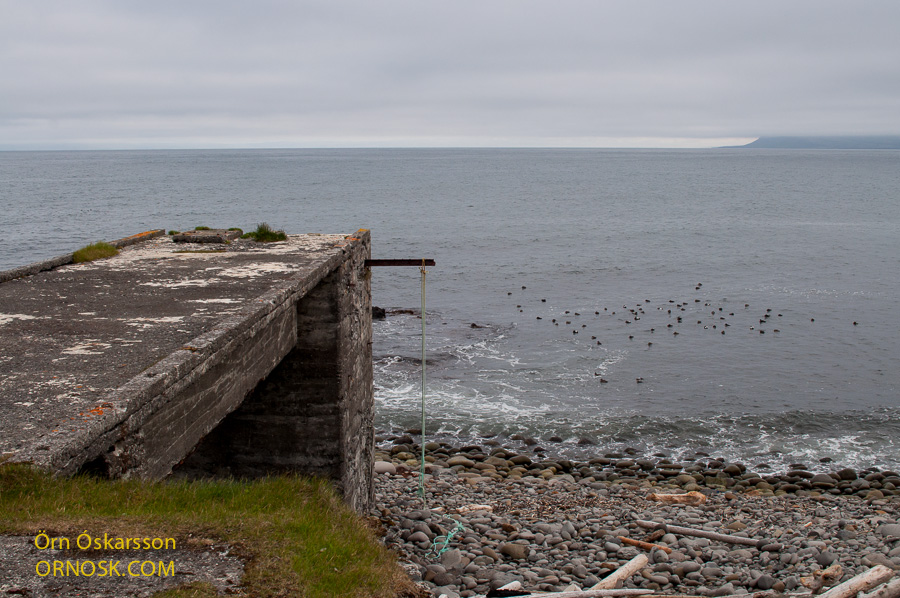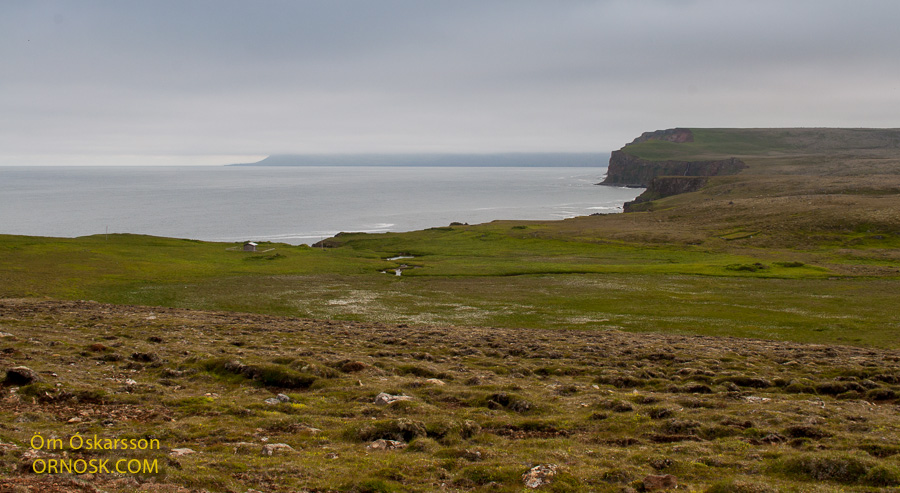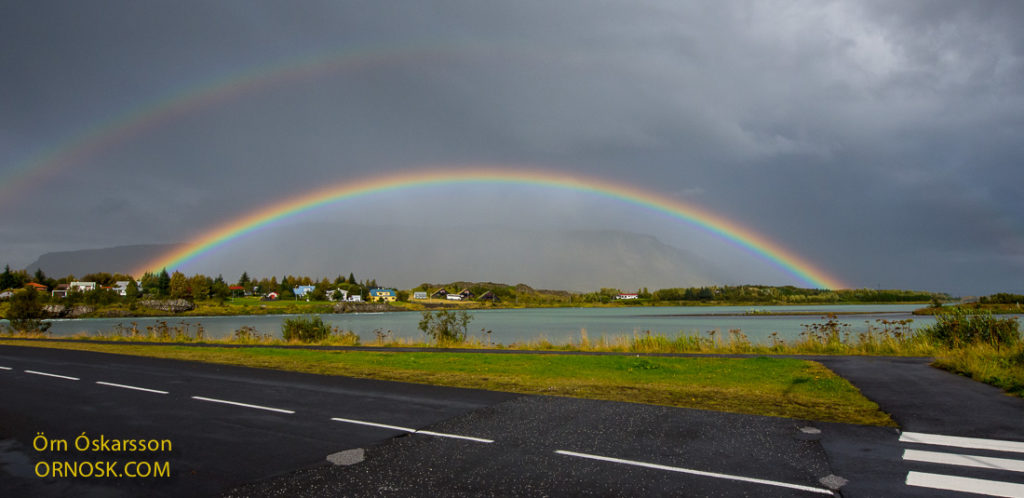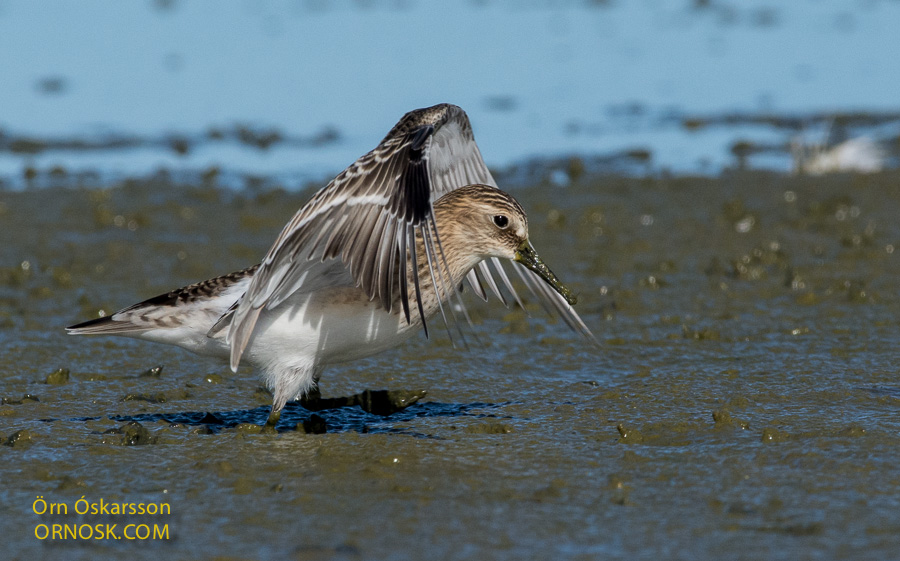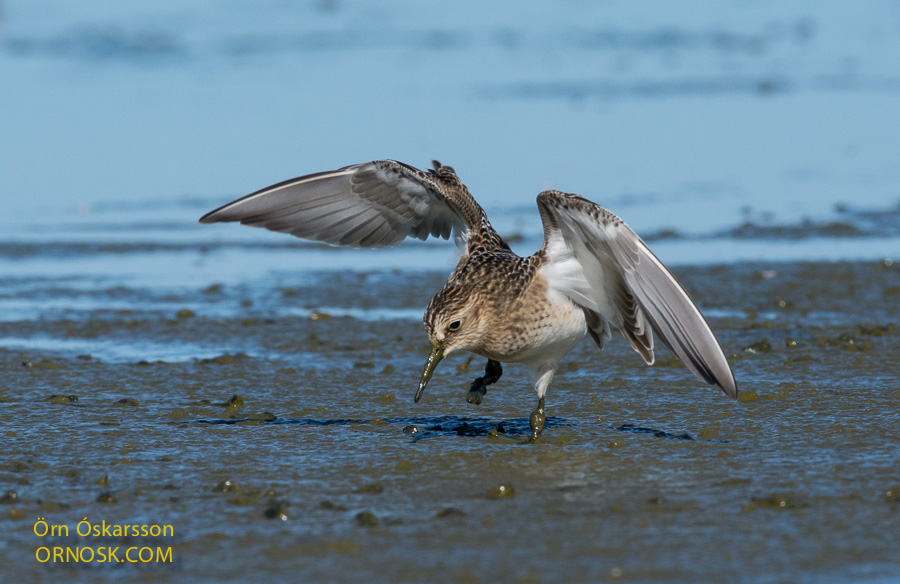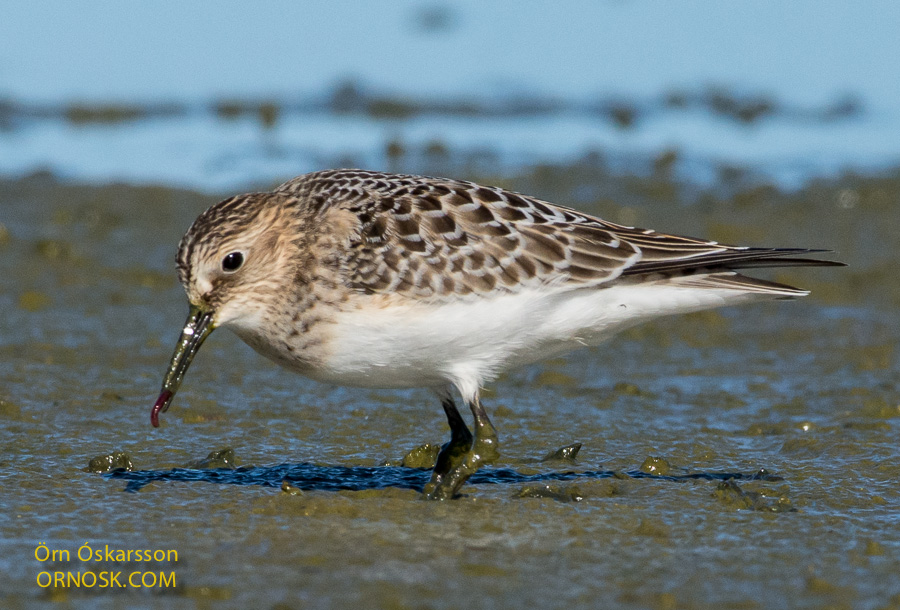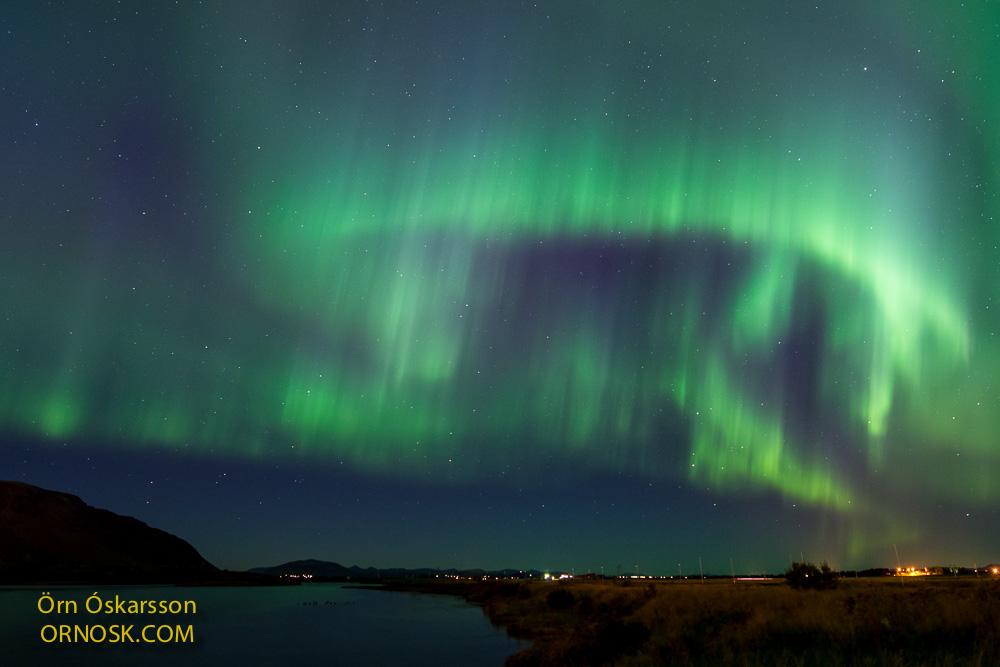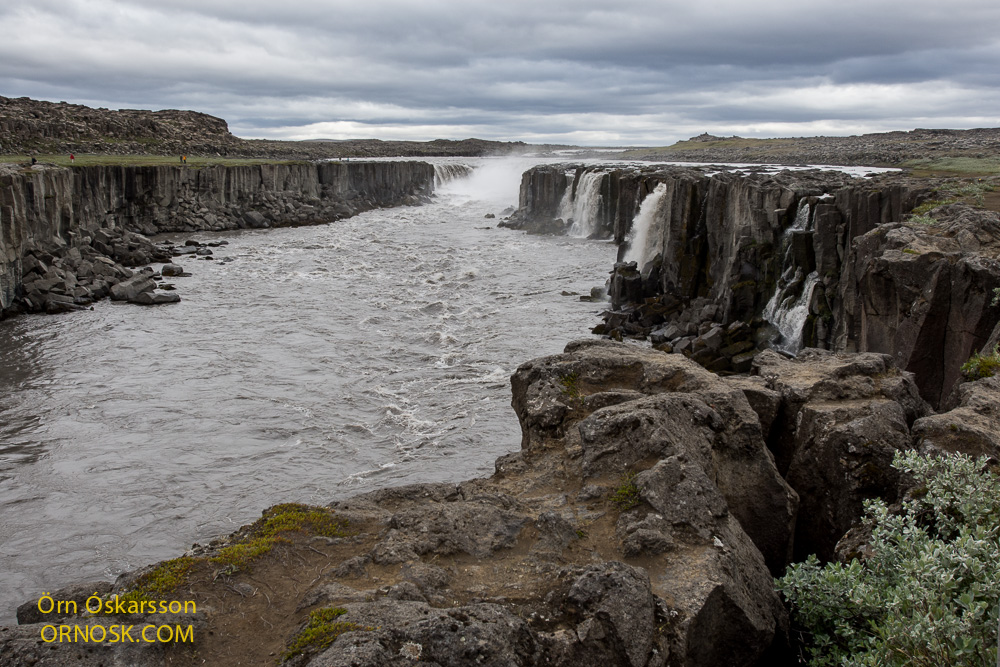Northen Lights at Grímsnes South Iceland 25 September 2016
Monthly Archives: September 2016
Fireweed autumn colours

Autumn colours catch the eye everywhere at this time of year. Red, orange and yellow in adundance. The bright red here is the autumn colour of the Rosebay Willowherb, more commonly referred to as Fireweed (Chamerion angustifolium). This beautiful plant is used both for food and medicine. Fireweed builds a thriving plant community by spreading its tiny seeds and with lateral root networks. In an island in River Ölfusá this is the case and the plant is overrunning other vegetation.
Goldcrests and aphids
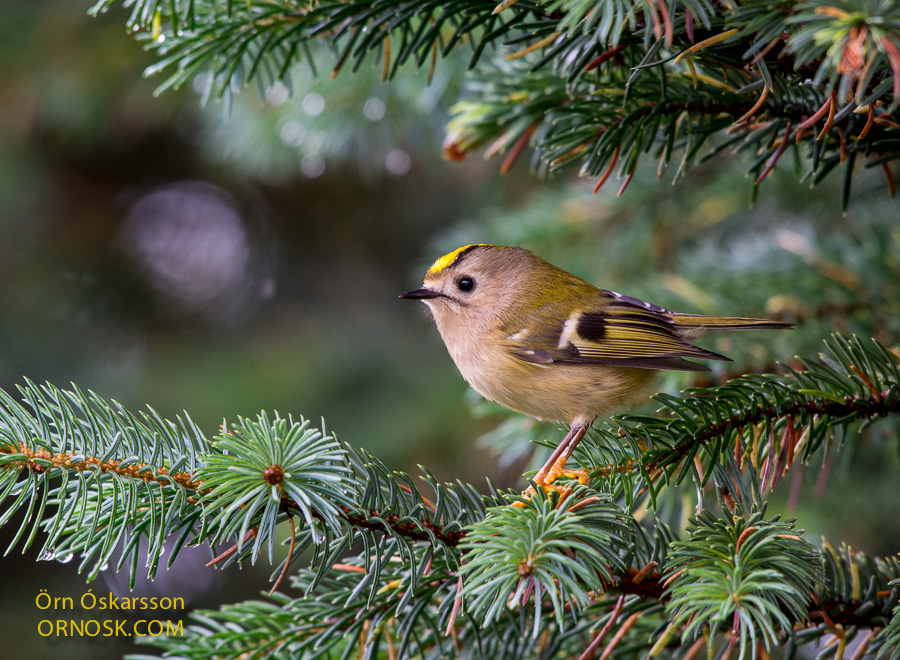
After a warm summer Goldcrests have prospered in Icelandic forests. They mostly keep to spruce trees but can also be spotted in larch trees, birch and contorta pine groves.
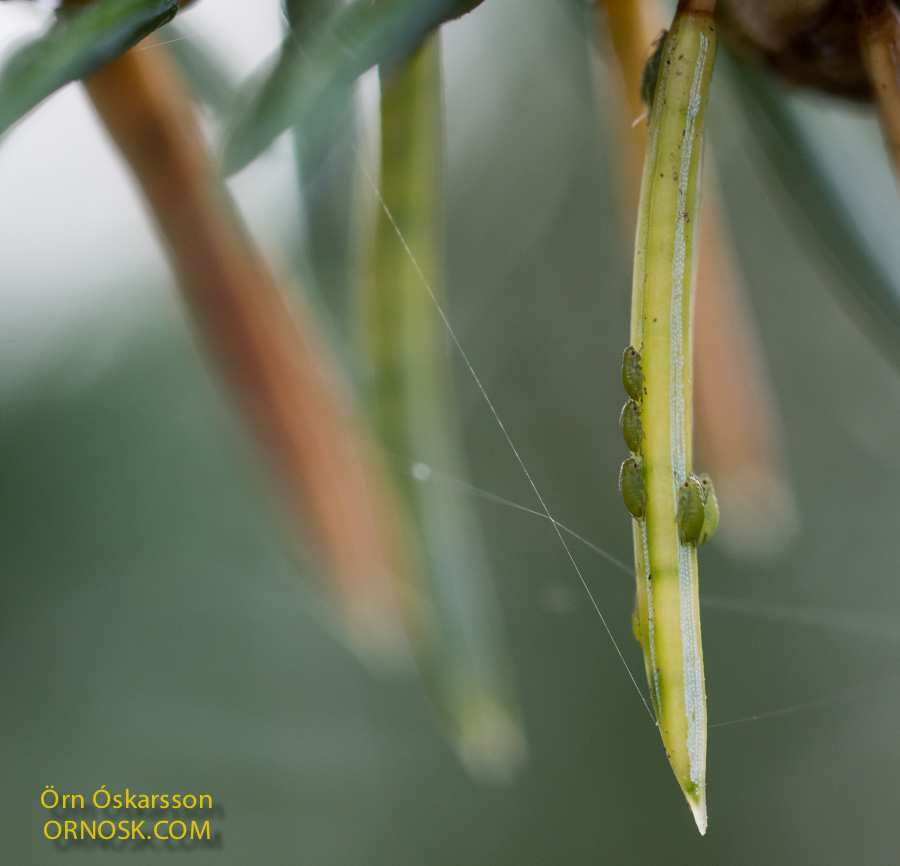
The winter should also be a good one for these little birds that once were vagrants. Their main food source in South Iceland are minute bugs called aphids that suck sap from spruce trees. These aphids are now reproducing rapidly on the Sitka spruce (Picea sitchensis).
We spotted at least four Goldcrests last week in Hellisskógur by Selfoss.
First snow in the highest mountains
Skálar and Camp Greely
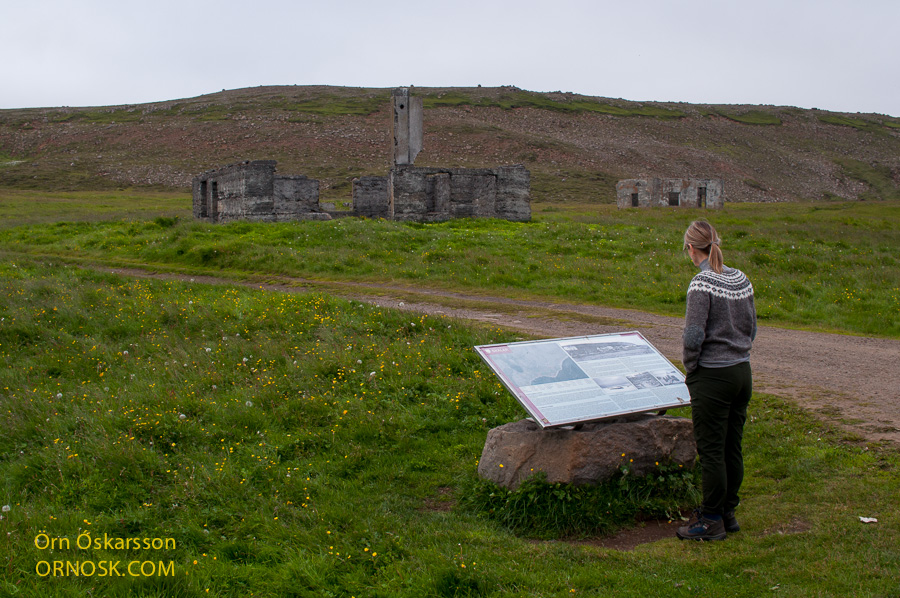
In the 1920s Skálar in Langanes was a prosperous fishing village with around 120 inhabitants. During the summertime their numbers doubled. In 1940, during World War II, a few British soldiers were stationed there to guard the coast. In 1942 the Americans arrived and built a radar station in the heath above the village. The camp was called Camp Greely.
The soldiers were on good terms with the villagers, they brought them canned goods and Christmas gifts to the children. Advances in the fish industry led to the decline of the village and people started to move away from this remote place. Around 1945 only one family was left.
What amazes us is that people lived in such a remote place without a lot of things we take for granted today like e.g. electricity. Skálar is an interesting place to visit both for its history and the scenery.
Over the Rainbow
This rainbow appeared after a rain shower around noon today. Notice that on the inside the sky is brighter than on the outside. Such a perfect rainbow brings to mind Judy Garland´s song “Over the Rainbow” from the Wizard of Oz.
Baird´s Sandpiper
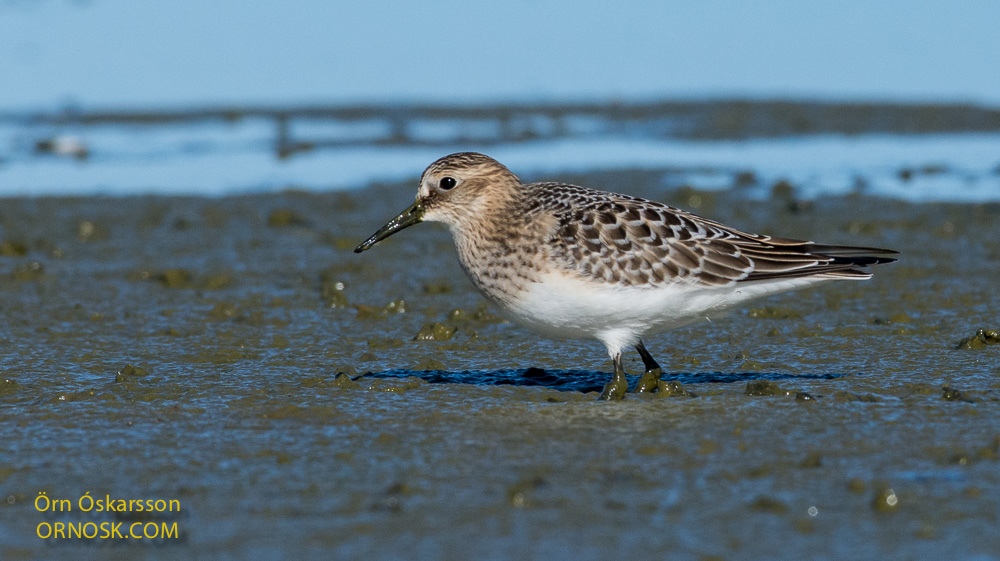
For the last few days a juvenile Baird´s Sandpiper has been seen in Bakkatjörn in Seltjarnarnesi /Reykjavík. It is a vagrant in Iceland. This is a tame bird that is easy to observe from a short distance as it searches for worms in the in the mud.
The Baird´s Sandpiper is a rather uncommon breeding bird in the Artic regions of East Siberia, Alaska, Canada and in Northwestern Greenland. Its winter grounds are in South America.
Baird´s Sandpiper is seen once in a while in Europe. In Iceland it has been spotted eight times, first in 1994.
Last night
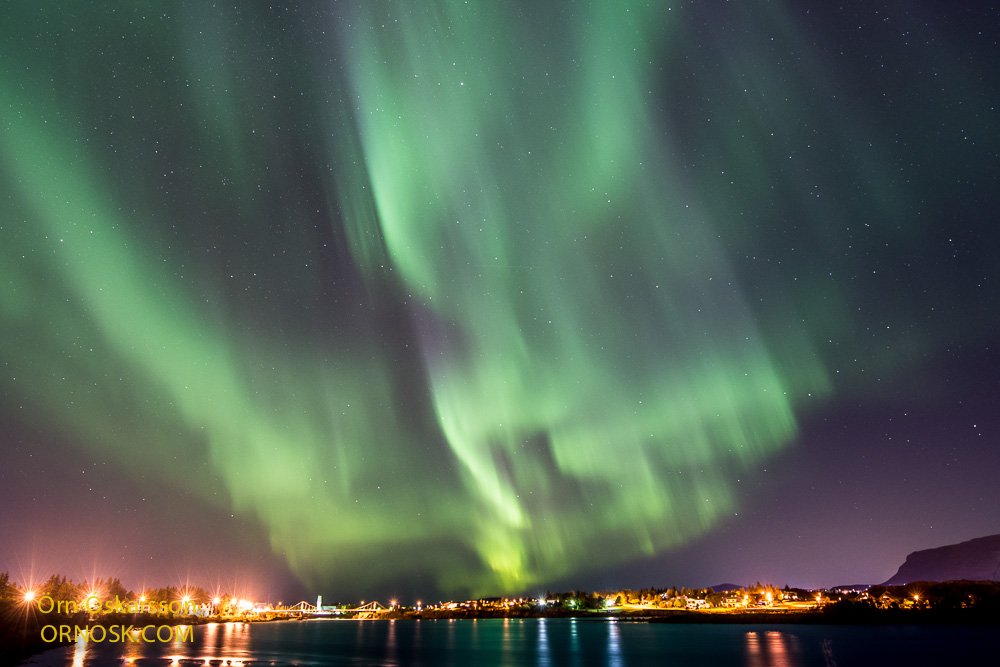
Even Icelanders do not expect to see the Northern Lights until winter but last night’s clear skies sported these beautiful colours. Forecasts say that in the next few nights Northern Light activity will be high. The best time to see them is usually around midnight.
Selfoss – Jökulsárgljúfur National Park
Selfoss waterfall is the little sibling to Dettifoss. To get to it you take an extra walk of about one km up the river. It takes about 10 – 15 minutes from the parking space on the west side. Don’t be tempted to skip it if you are already on the path to Dettifoss.
Selfoss is part of Jökulsárgljúfur National Park.

